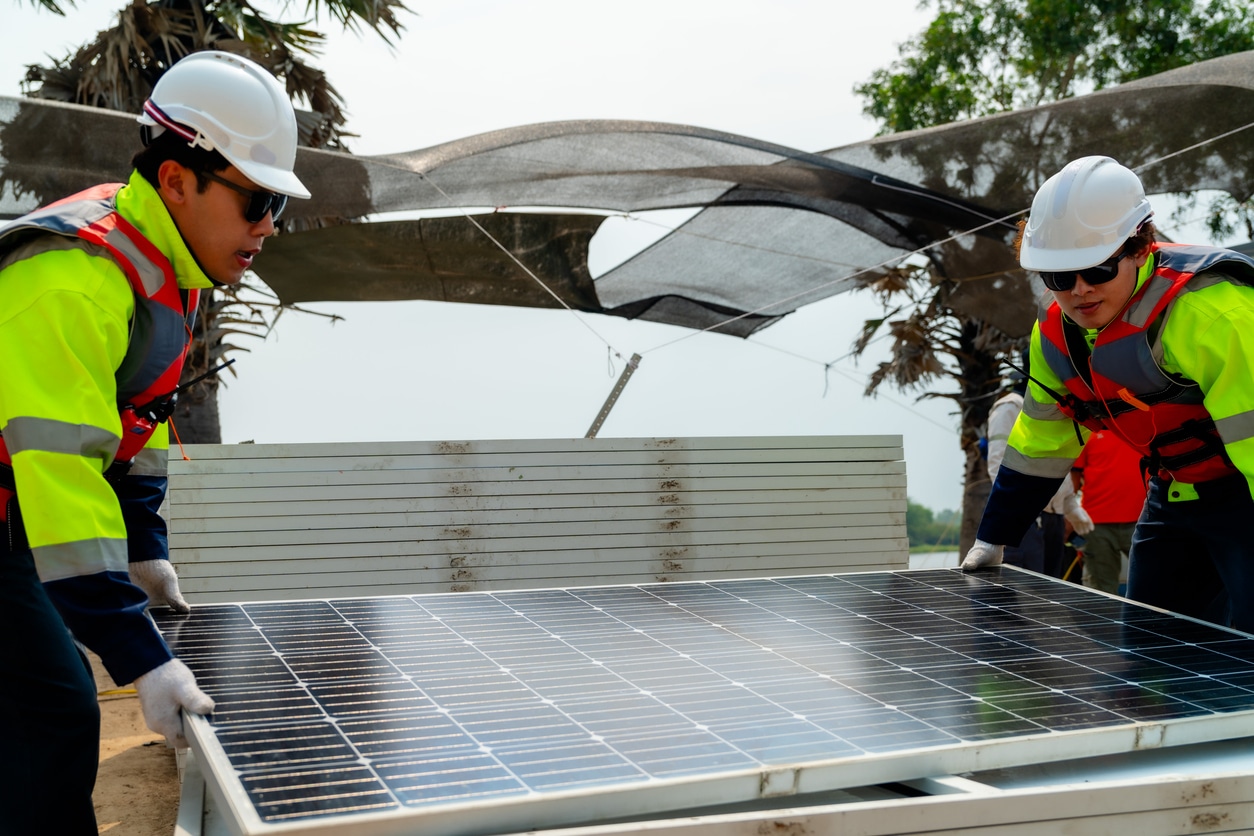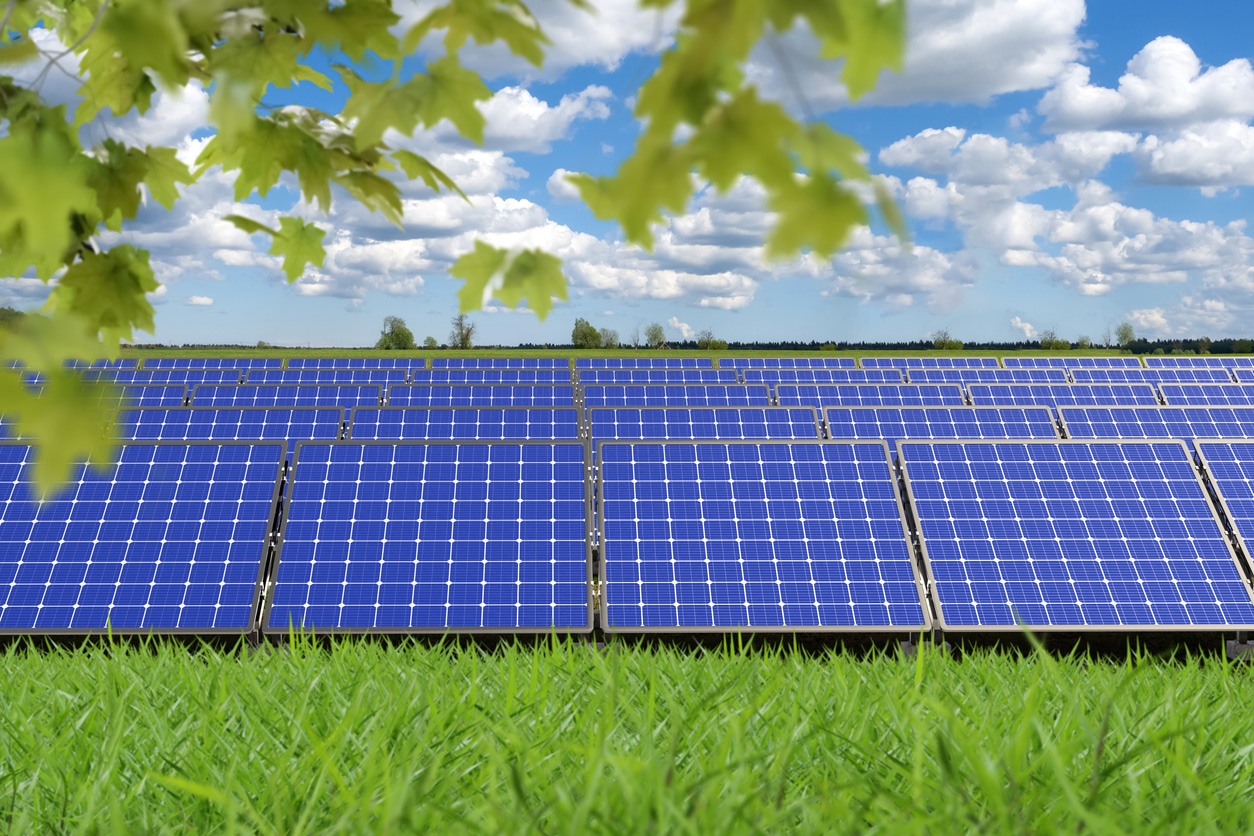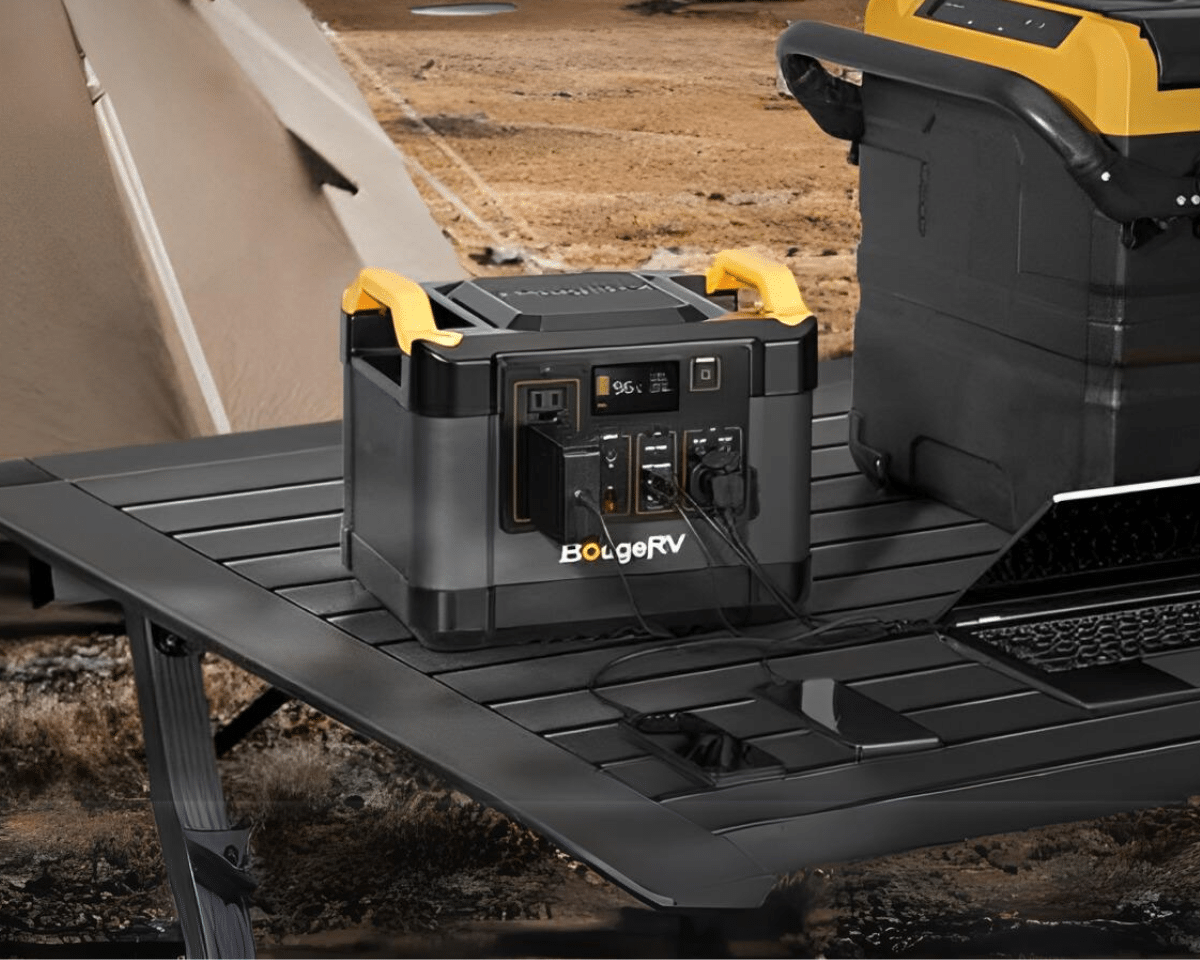
Solar Energy in Disaster Relief: Portable Power Solutions for Affected Areas
In recent years, the need for effective disaster relief solutions has become increasingly apparent as natural disasters continue to impact communities worldwide. One of the critical challenges in the aftermath of such events is the loss of power, which can severely hinder rescue and recovery efforts.
This is where solar energy steps in by offering a sustainable and efficient solution to this problem. Portable solar power systems can provide immediate relief in areas affected by disasters, ensuring essential services remain operational.
Understanding the Vulnerabilities of Traditional Power Sources
In the wake of a disaster, traditional power sources often fail. This can leave affected communities in darkness and isolation. The reliance on grid-based electricity and fuel generators poses significant risks during natural calamities such as hurricanes, earthquakes and floods. These systems are susceptible to physical damage, which can lead to prolonged power outages. Moreover, the logistics of fuel supply can become complicated, as roads and infrastructure are often compromised.
Key vulnerabilities include:
- Susceptibility to physical damage from extreme weather events,
- Dependency on fuel supply chains that can be disrupted,
- Challenges in repairing and restoring power infrastructure in the aftermath of a disaster.
In contrast, companies like The Home Upgrade are innovating in the field of solar technology, providing solar panels for solar generators and portable power stations with a 25-year power output warranty. Their products are designed for easy installation to help ensure emergency backup power can be deployed swiftly.
Advantages of Solar Power for Disaster Relief
Solar energy is inherently renewable and abundant, ensuring a steady supply of electricity when conventional grids fail.
- High efficiency: Solar panels convert sunlight into electricity with up to 23% efficiency, making them highly effective for emergencies.
- Durability: These panels are designed to withstand harsh conditions, which is crucial when dealing with the aftermath of disasters.
- Clean energy: Unlike fuel-powered generators, solar solutions do not produce noise or harmful emissions, making them environmentally friendly and safe for use in crowded relief camps.
Moreover, solar power systems are versatile and can be scaled to meet various needs, from charging individual devices to powering entire relief operations. The ability to power multiple devices simultaneously ensures communication lines, medical equipment and other critical tools remain operational, which is vital for effective disaster management and recovery.
Portable Solar Solutions for Emergency Power
Features of Portable Solar Power Systems
Portable solar power systems offer a range of features ideal for use in disaster relief scenarios. Lightweight and compact designs ensure these systems can be easily transported to areas in need, without the logistical challenges posed by traditional power generators.
- Durability is a key consideration, with many systems designed to withstand harsh weather conditions and rough handling.
- Scalability allows for the connection of multiple units to increase power output as required.
- Ease of use is critical, with systems often requiring minimal setup and technical knowledge to operate.
Another significant feature is the integration of battery storage. Battery storage enables energy to be stored while the sun is shining. It can then be used during the night or in overcast conditions. This storage capacity is crucial for ensuring a continuous power supply. Lastly, many portable solar power systems come with built-in outlets and USB ports. This makes it easy to charge a variety of devices directly from the generator.
Real-World Applications of Solar in Disaster Relief
The deployment of solar energy in disaster relief has proven to be a game-changer in providing immediate assistance.
Organizations such as Pvilion have taken notable steps towards sustainability by providing portable solar arrays that are easily deployable in disaster zones. The U.S. State Department and the Air Force are among those utilizing these renewable power solutions to ensure uninterrupted operations during emergencies.
Integrating Solar Energy into Disaster Preparedness and Response Plans
The Role of Solar Energy in Enhancing Disaster Resilience
Solar energy plays a pivotal role in bolstering disaster resilience by providing a reliable and sustainable power source when traditional systems fail. In the wake of a disaster, solar power can be the backbone of recovery efforts, ensuring critical operations continue without interruption.
Key benefits include:
- Decentralization of power generation, reducing reliance on damaged infrastructure,
- Quick deployment and scalability to meet immediate energy needs,
- Minimal maintenance requirements, ideal for areas with limited access.
Find out how sustainability can be incorporated into disaster relief operations.
Challenges and Considerations in Adopting Solar for Disaster Relief
While solar power is a promising solution for disaster relief, several challenges and considerations must be addressed to maximize its effectiveness. First, the initial cost of solar power systems can be a significant barrier, especially for resource-limited communities and relief organizations.
Second, the efficiency of solar panels can be affected by weather conditions, which may be unpredictable in disaster scenarios. Ensuring a consistent energy supply requires careful planning and the integration of energy storage solutions, such as batteries, which can add to the complexity and cost.
It is also key to consider:
- The need for technical expertise to install and maintain solar power systems.
- The logistical challenges of transporting and deploying portable solar units in disaster-hit areas.
- The importance of adapting solar solutions to diverse geographical and climatic conditions.
Despite these challenges, the integration of solar energy into disaster preparedness plans can significantly enhance the resilience of communities and the effectiveness of relief efforts. It is crucial to continue exploring innovative approaches to overcome these obstacles and harness the full potential of solar power in times of crisis.
Conclusion
In the face of adversity, solar energy offers a sustainable and resilient power source for disaster relief efforts. The vulnerabilities of traditional power sources, laid bare by natural calamities, underscore the critical need for alternative solutions.
As we continue to witness the increasing frequency and severity of disasters, we must harness the full potential of solar technology. Doing so can fortify our emergency response capabilities and help build a more resilient future.
Author Bio: This article was contributed on behalf of The Home Upgrade. The Home Upgrade is dedicated to providing accessible, clean and efficient solar solutions, specializing in a diverse range of solar products designed to revolutionize energy usage and harness the power of the sun. Committed to quality and innovation, they offer everything from advanced solar panels to solar water heaters and outdoor lighting solutions.





Post a comment